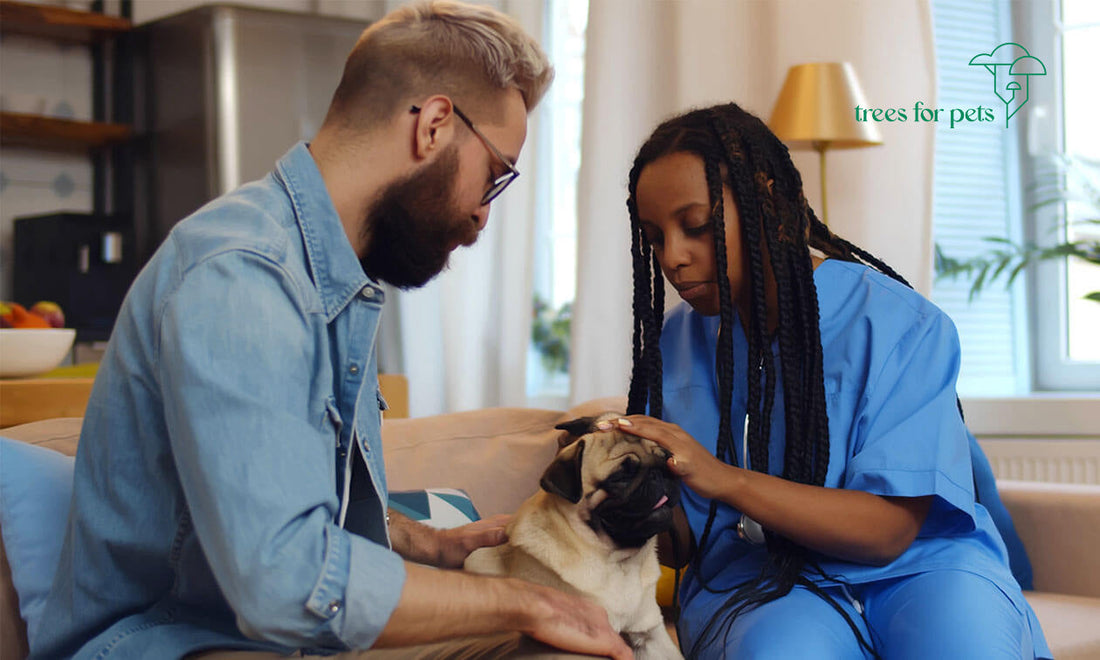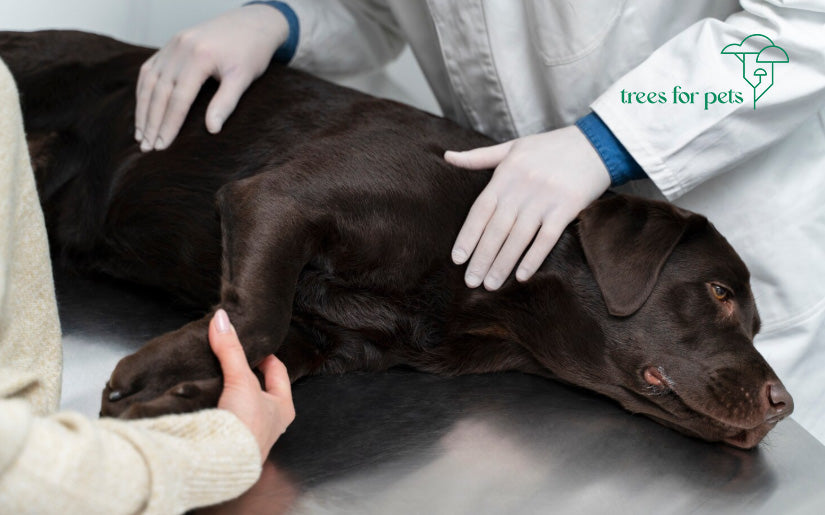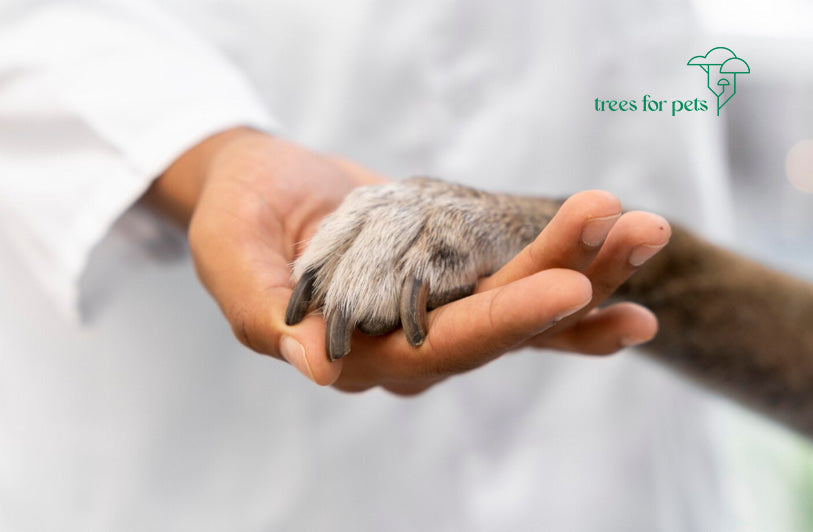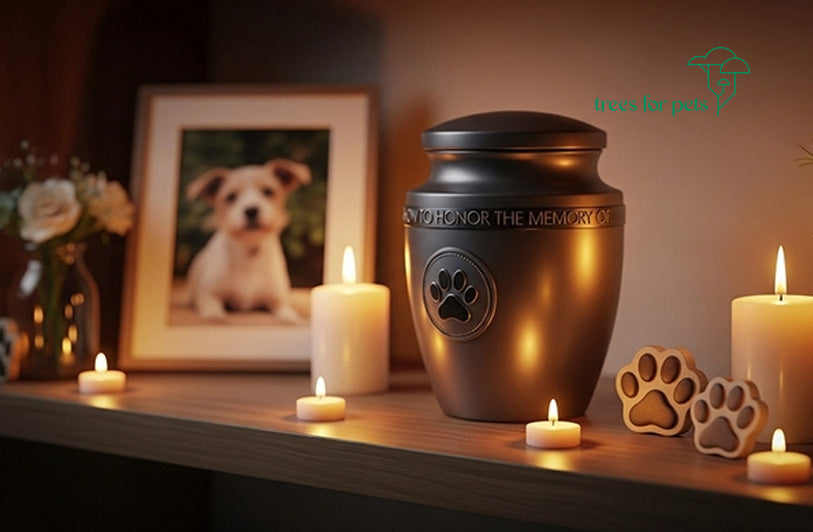Watching your beloved dog approach the end of life is heartbreaking beyond words. While every journey is unique, understanding the physical and emotional signs can help you provide comfort and make the most of your remaining time together. Your dog depends on you to notice when they need extra care, and to guide them with love through their final days.
Physical Changes to Watch For
You may notice:
- Loss of appetite or refusal of food.
- Labored or irregular breathing.
- Confusion, disorientation, or restlessness.
- Seeking quiet, secluded spots to rest.
- Sleeping more than usual.
These changes can happen gradually over weeks or appear suddenly within days. Trust your instincts—you know your dog’s habits and needs best.
Behavioral Shifts
End-of-life changes often include:
- Less interest in play or walks.
- Clinginess and desire for constant reassurance.
- Or, in contrast, a preference for solitude.
Don’t take their withdrawal personally—it’s simply part of their instinctual process of seeking comfort and peace.
Creating Comfort
Your presence is the greatest gift. To ease their journey:
- Provide soft bedding and blankets.
- Keep their environment quiet and stress-free.
- Hand-feed small amounts of favorite foods if they still eat.
- Offer gentle touches, soothing words, and calm companionship.
Even if they cannot respond, they feel your love.
When to Call Pet Hospice

If your dog is declining but not yet in severe distress, pet hospice care can provide support. Hospice vets focus on:
- Pain management and comfort.
- Helping with nutrition, hydration, and mobility.
- Guiding families through emotional preparation.
This option allows your dog to remain at home, surrounded by familiar love, while receiving medical support for comfort.
Considering Pet Euthanasia
When suffering outweighs comfort, euthanasia may be the most compassionate choice. A veterinarian can help you evaluate your dog’s quality of life, looking at factors like mobility, pain, appetite, and joy.
Many families choose in-home pet euthanasia, so their pet passes peacefully in familiar surroundings. This decision, though painful, is an act of love—freeing them from pain and ensuring dignity in their final moments.
Pet Funerals and Memorial Options
After saying goodbye, you may want a meaningful way to honor your dog’s life. Options include:
- Pet funerals at home or through pet cemeteries, offering a space for closure.
- Dog cremation or water cremation, with ashes returned for keepsakes or scattering.
- Living memorials, such as planting a tree in their name.
A service like Trees for Pets allows you to plant a memorial tree, creating ongoing life and beauty in honor of your companion.

Explore Pet memorial gifts ideas
Emotional Preparation for You
Nothing can fully prepare your heart, but acknowledging what’s happening allows you to focus on love rather than denial. Ways to cope include:
- Talking to your dog, sharing gratitude and memories.
- Taking photos or creating paw print impressions.
- Recording small moments, like their breathing or heartbeat, if that will bring comfort later.
Seeking support from family, friends, or grief counseling.
Key takeaway: Recognizing the signs of the death, exploring hospice care, and thoughtfully considering euthanasia and funeral options will help you give your dog the most loving farewell possible. What matters most is ensuring they feel safe, cherished, and at peace in their final days.








